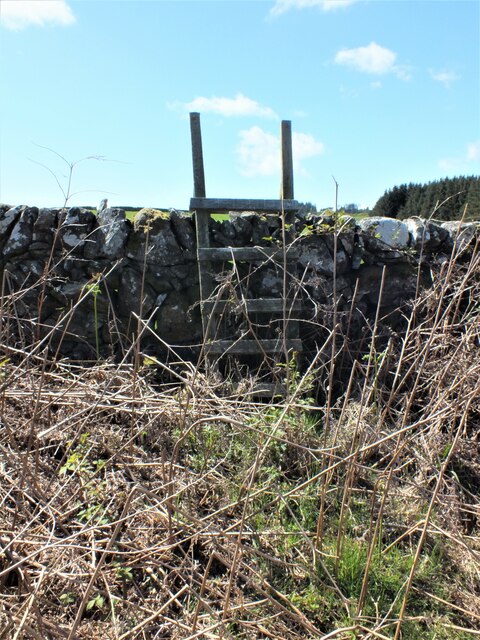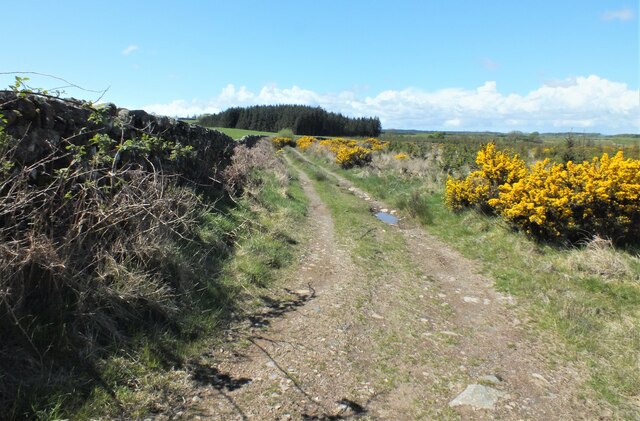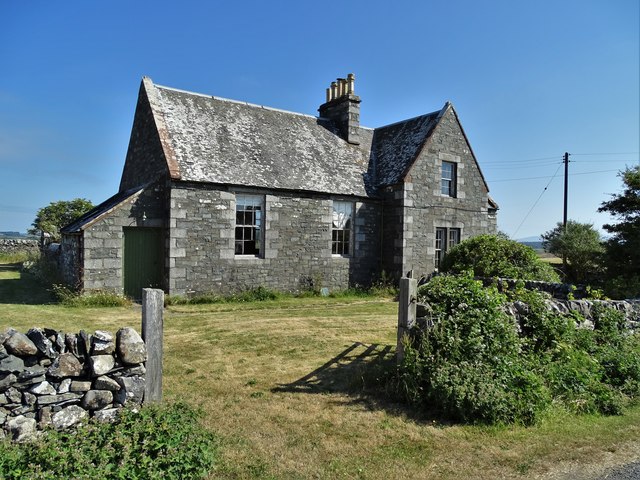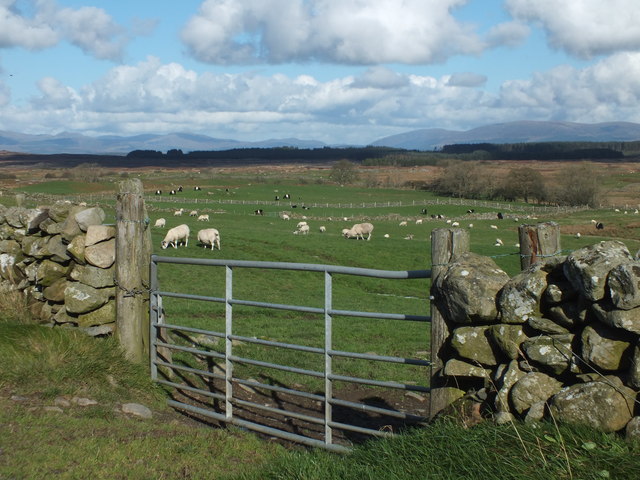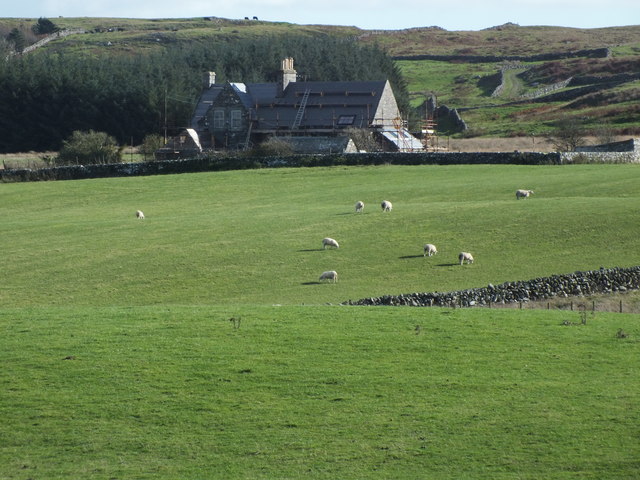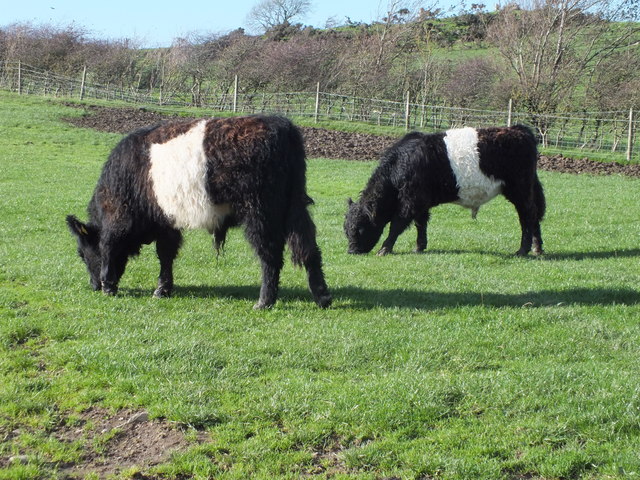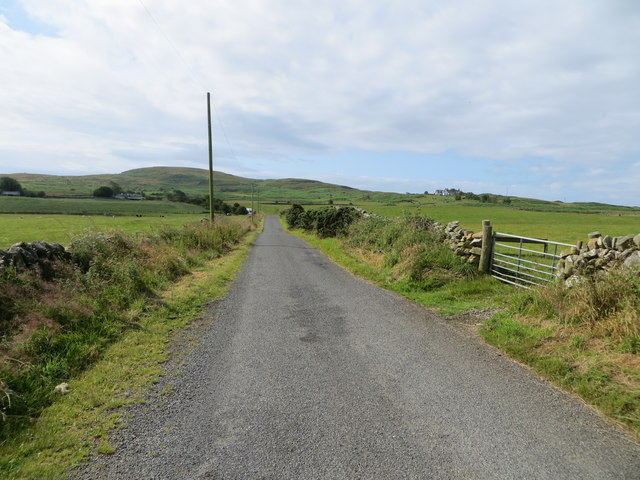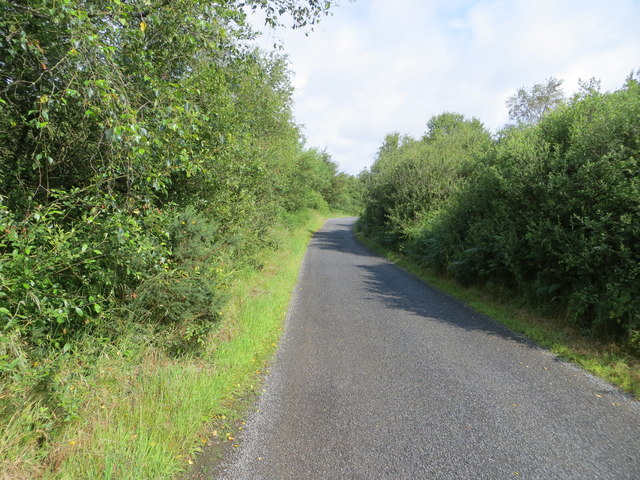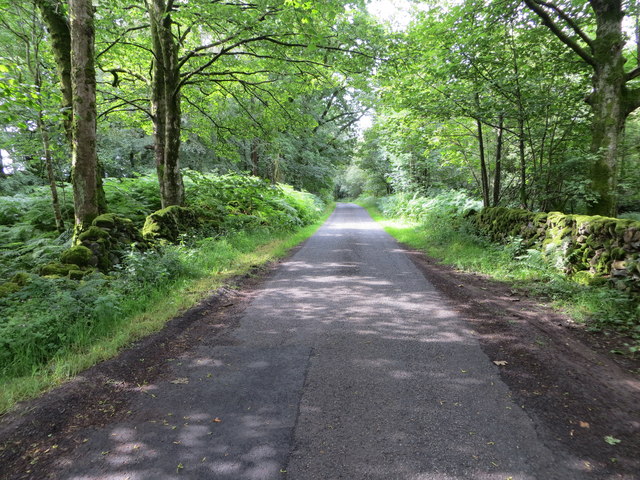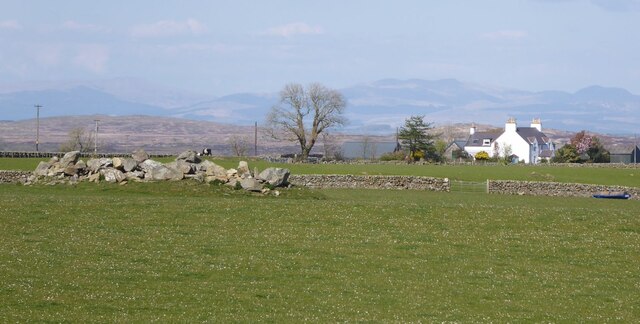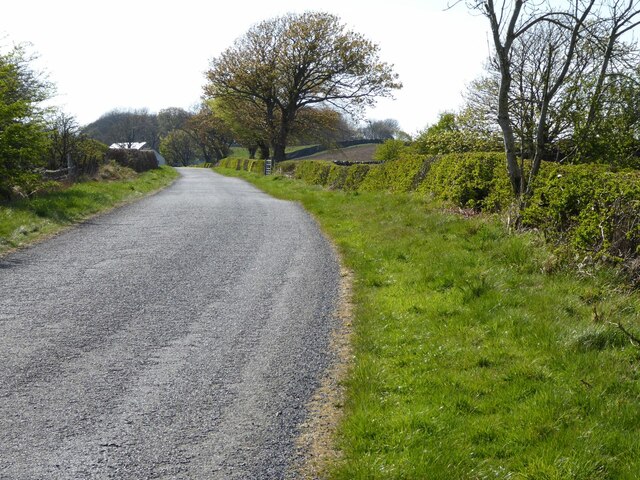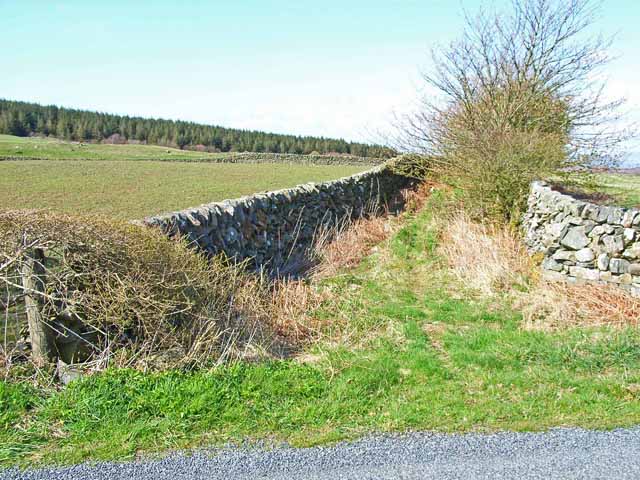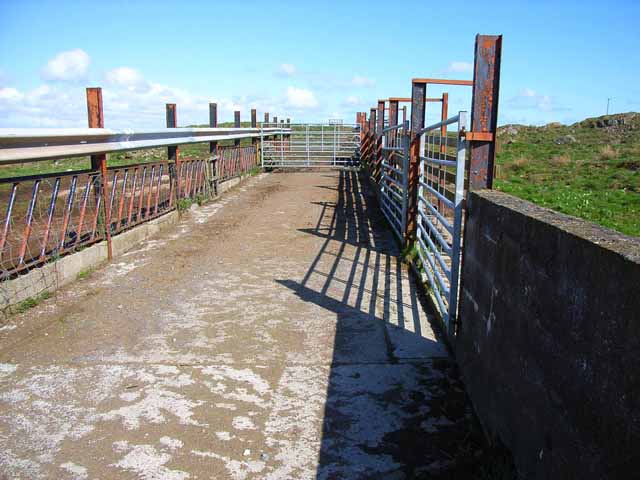Gargrie Island
Island in Wigtownshire
Scotland
Gargrie Island
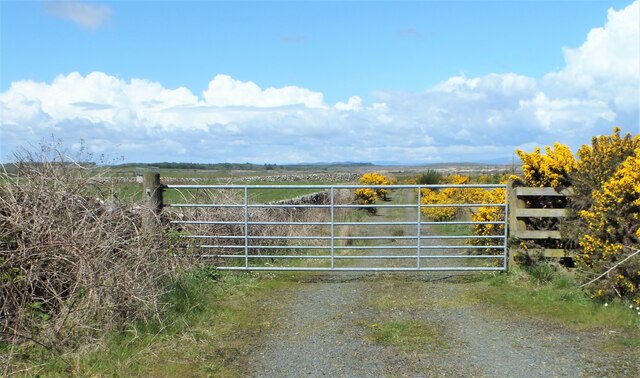
Gargrie Island is a small island located off the coast of Wigtownshire in southwestern Scotland. It lies in the Irish Sea, approximately 2 miles southeast of the Mull of Galloway, which is the southernmost point of Scotland's mainland. The island covers an area of roughly 24 acres and is accessible by boat, making it a popular destination for nature enthusiasts and birdwatchers.
Gargrie Island is known for its diverse wildlife and is a designated Site of Special Scientific Interest (SSSI). The island is home to a variety of bird species, including nesting seabirds such as kittiwakes, guillemots, and razorbills. It also serves as a breeding ground for colonies of Atlantic grey seals, which can often be seen basking on its rocky shores.
The landscape of Gargrie Island is characterized by rugged cliffs, rocky outcrops, and grassy slopes. The island's vegetation consists mainly of grasses, mosses, and lichens, thriving in the mild maritime climate of the region. Its isolation and natural beauty make it an ideal spot for peaceful walks and exploration.
Gargrie Island is uninhabited and lacks any developed infrastructure. Visitors are advised to bring their own provisions and be mindful of the fragile ecosystem. The island can be reached by private boat or through organized tours, which provide an opportunity to learn about its wildlife and conservation efforts.
Overall, Gargrie Island offers a unique and unspoiled natural experience, allowing visitors to immerse themselves in the stunning coastal landscapes and observe the abundant wildlife that calls this remote island home.
If you have any feedback on the listing, please let us know in the comments section below.
Gargrie Island Images
Images are sourced within 2km of 54.836796/-4.6573103 or Grid Reference NX2952. Thanks to Geograph Open Source API. All images are credited.
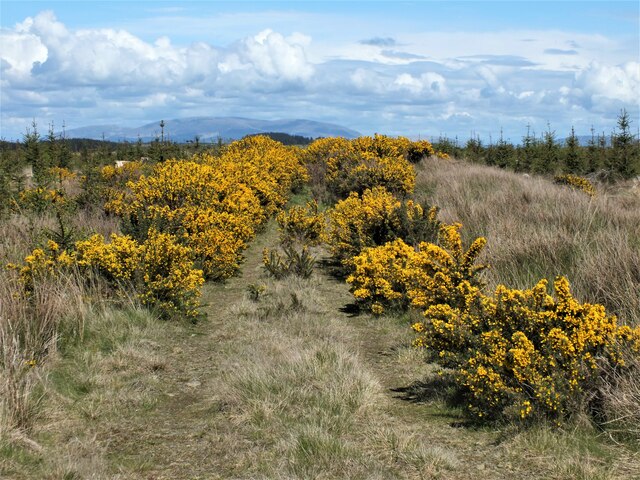
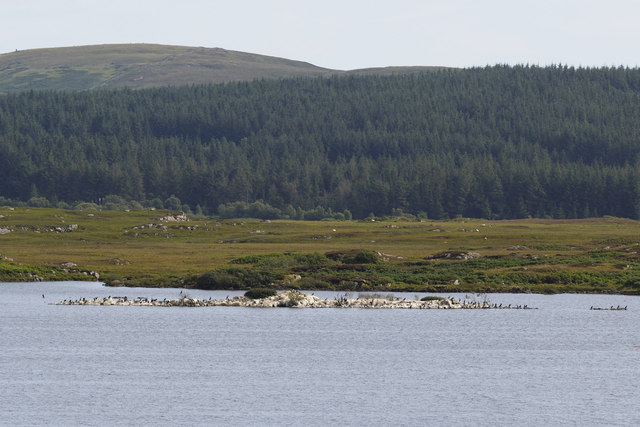
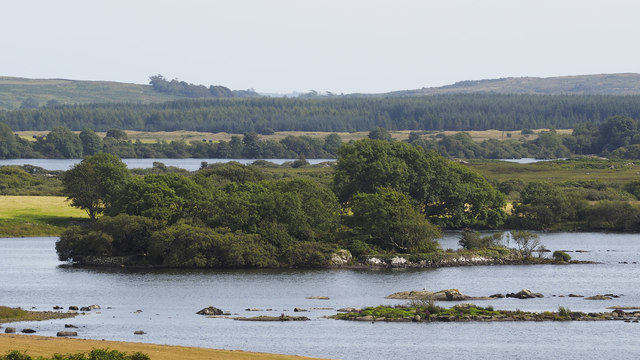
Gargrie Island is located at Grid Ref: NX2952 (Lat: 54.836796, Lng: -4.6573103)
Unitary Authority: Dumfries and Galloway
Police Authority: Dumfries and Galloway
What 3 Words
///sideboard.selects.cases. Near Newton Stewart, Dumfries & Galloway
Nearby Locations
Related Wikis
Mochrum Loch
Mochrum Loch is a large, irregular shaped, shallow, freshwater loch in Dumfries and Galloway, in the Southern Uplands of south-west Scotland. It lies approximately...
Doon of May
The Doon of May is a conifer plantation associated with an Iron Age hill fort in Dumfries and Galloway, south-west Scotland. Located around 14 kilometres...
Castle Loch, Dumfries and Galloway
Castle Loch is a large, shallow, freshwater loch in Dumfries and Galloway, in the Southern Uplands of south-west Scotland. It lies to the west of Mochrum...
Castle Loch
Castle Loch is a shallow eutrophic loch covering an area of around 100 hectares in the town of Lochmaben in Dumfries and Galloway, Scotland. It lies to...
Have you been to Gargrie Island?
Leave your review of Gargrie Island below (or comments, questions and feedback).
